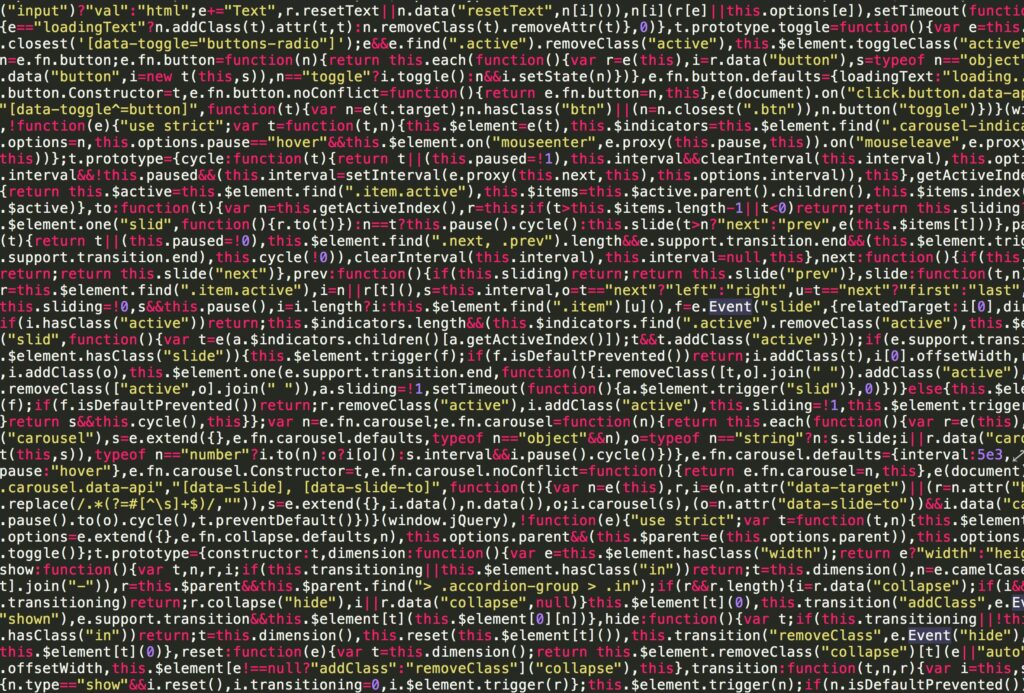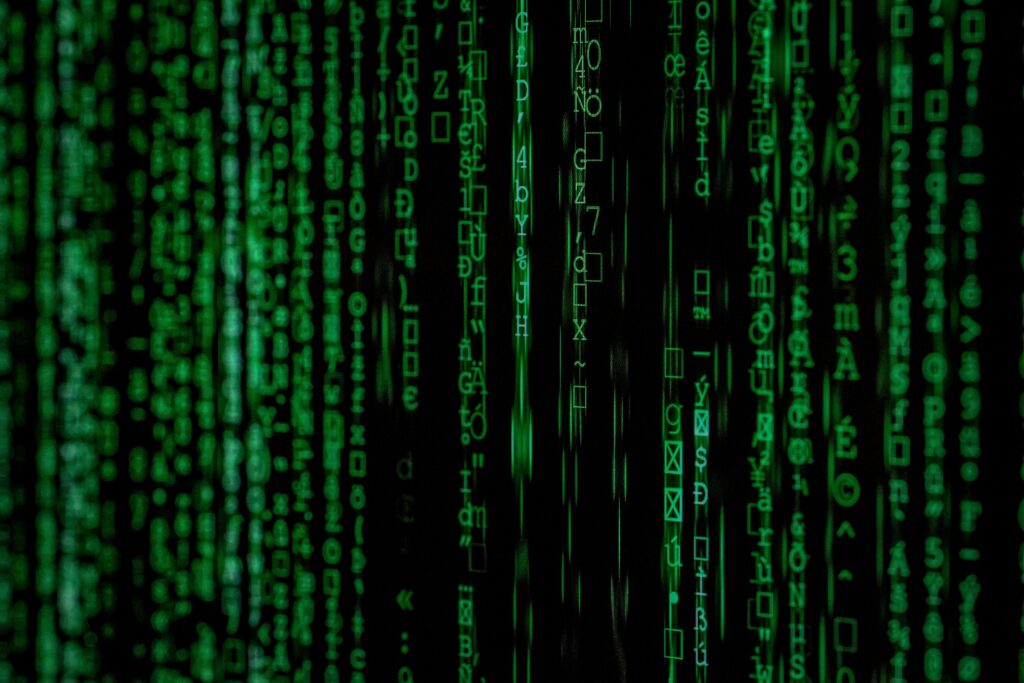Digital Image Processing refers to the manipulation and analysis of digital images using computational algorithms to enhance their quality, extract meaningful information, or prepare them for various applications. It plays a vital role in fields like computer vision, artificial intelligence, medical imaging, and multimedia.
What is a Digital Image?
A digital image is represented as a two-dimensional array of numbers, where each element corresponds to a pixel. A pixel contains information about the image’s brightness (grayscale) or color (RGB).
Color Image: Each pixel has three values (Red, Green, Blue) to represent the color.

Grayscale Image: Each pixel has a single value representing intensity (0 for black, 255 for white in an 8-bit image).

Steps in Digital Image Processing
- Image Acquisition
- Capturing the image using a digital camera, scanner, or other imaging devices. The captured image is converted into digital form for processing.
- Preprocessing
- Enhancing the quality of the image by removing noise, adjusting brightness, and improving contrast. Common preprocessing techniques include:
- Smoothing (Blurring to reduce noise)
- Sharpening (Enhancing edges)
- Enhancing the quality of the image by removing noise, adjusting brightness, and improving contrast. Common preprocessing techniques include:
- Segmentation
- Dividing the image into regions or objects of interest. Segmentation helps isolate the part of the image that is relevant for further analysis.
- Feature Extraction
- Extracting meaningful features such as edges, shapes, and textures from the image for analysis or classification.
- Image Transformation
- Converting the image from one domain to another (e.g., Fourier Transform for frequency analysis).
- Image Representation
- Converting the processed data into a form suitable for interpretation or decision-making.
Applications of Digital Image Processing
- Medical Imaging
- Enhancing MRI, CT, or X-ray images for diagnostics.
- Face and Object Recognition
- Identifying people, objects, or patterns in images.
- Remote Sensing
- Processing satellite images for geographical and environmental analysis.
- Industrial Inspection
- Detecting defects in manufacturing processes.
- Augmented Reality and Graphics
- Enhancing real-world images with digital overlays.
Image processing forms the basis for advanced fields like AI, robotics, and graphics. Understanding its basics—such as how images are represented, common operations, and their applications—sets the stage for exploring more complex algorithms and tools. With libraries like OpenCV and Pillow, Python provides an accessible platform for beginners and professionals alike to dive into this fascinating domain.
To buy Image Processing books
Digital Image Processing
Image Processing



